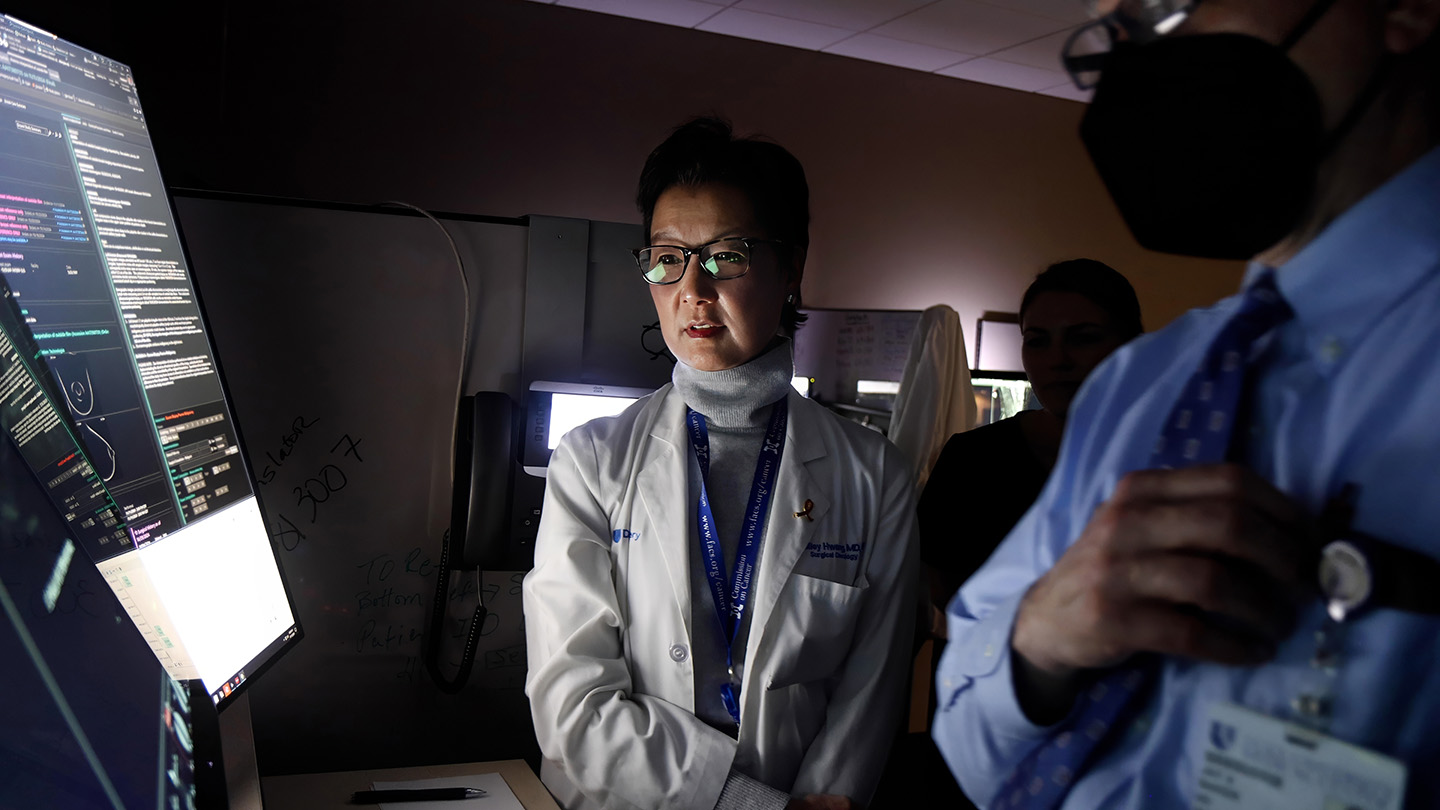Stage 0 breast cancer patients may not need to rush to surgery
Watch and wait may be an alternative to surgery for some women with a very early form of breast cancer.
A new study of 957 women evaluated whether it was safe to do active monitoring of a low-risk form of ductal carcinoma in situ, or DCIS — a noninvasive cancer, often called Stage 0 breast cancer, that hasn’t spread beyond the milk ducts — as an alternative to surgery (SN: 8/30/24).
After two years of follow-up, women who were assigned to get active monitoring had no more invasive breast cancer than women assigned to get surgery, researchers report December 12 in JAMA. In fact, in the surgery group, there was an 8.7 percent cumulative rate of invasive cancer, compared with a 3.1 percent rate in the monitoring group.
Of cancers found in the monitoring group compared with those discovered during surgery, “those cancers weren’t any bigger, they weren’t any more likely to have spread, says Shelley Hwang, a breast cancer surgeon at Duke University School of Medicine.
Active monitoring included mammograms every six months and hormone therapy for most participants. Of the 484 women in the monitoring group, 82 ended up having a lump or entire breast removed. The 473 participants assigned to the surgery group often also got radiation and hormone therapy. A handful of volunteers in each group got chemotherapy.
The results suggest that a watch-and-wait approach is safe in the short term and may even be superior to surgery for low-risk DCIS because it helps women avoid treatments for a precancerous condition that may never become life-threatening, Hwang and colleagues say.
But “two years of follow-up is way, way, way too short to draw that conclusion,” says Monica Morrow, a surgical oncologist and chief of breast cancer surgery at Memorial Sloan Kettering Cancer Center in New York City, who coauthored an editorial about the study that also appeared December 12 in JAMA. She points out that while women in the monitoring group who got delayed surgery didn’t have big statistical differences in the size of their tumors from the surgery group, the monitoring group had more cancers that were bigger than one centimeter than in the group that got surgery right away.
“As cancers get bigger, the risk of spread to the women’s [lymph] nodes goes up. The amount of drug therapy we give to treat them increases,” Morrow says. “So, if by delaying surgery, you end up getting more aggressive treatment than you would have gotten if you had had the surgery in the beginning, is that really a good trade-off?”
And the study isn’t representative of all women with DCIS, Morrow says.

As Hwang notes, the study examined DCIS in women age 40 and over in which abnormal duct cells “did not look particularly aggressive” and that have receptors for hormones such as estrogen or progesterone. Those factors make the cells low risk for becoming invasive cancer and controllable with hormone therapy. About half of the more than 50,000 cases of DCIS diagnosed in the United States each year fall into the low-risk category, Hwang says. People with more aggressive forms of DCIS shouldn’t wait to have it removed, she says.
Another difference between the women who volunteered for the study and the general population diagnosed with Stage 0 breast cancer is psychological, Morrow says. Often patients diagnosed with DCIS want it removed. But “women who went into this study very clearly wanted to have no surgery.” In fact, an unexpectedly large number of the 473 women randomly assigned to get surgery refused. Only 264 went ahead with their designated treatment.
Patients and patient advocates who are worried about over-treatment may be reassured by the study, Hwang says. “Patients [diagnosed with DCIS] used to be told, ‘You need to be in the operating room next week so we can get this out.’ They can take a lot of reassurance in knowing that this is not an emergency, they don’t have to rush into anything.”
A companion study, published December 12 in JAMA Oncology, examined the quality of life for patients in the monitoring and surgery groups. “Patients in the active monitoring group did not spend all their days worrying about things,” Hwang says. “There was an equal amount of worry in both groups.”
Source link

